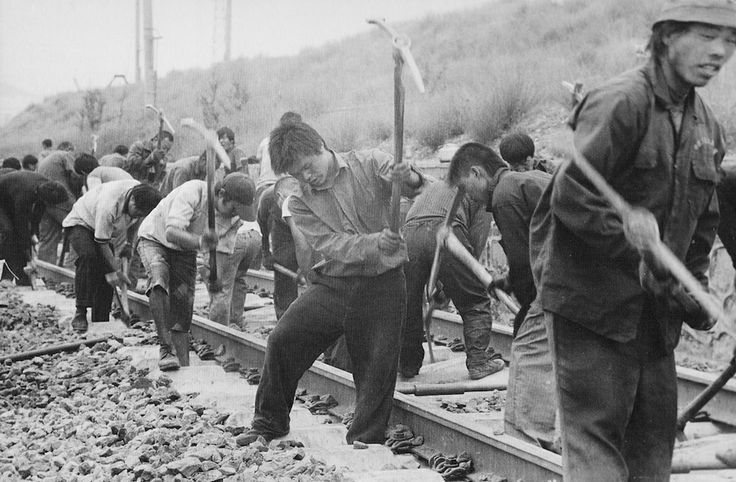Some information may be outdated.
Why did Chinatowns in Salt Lake City and Ogden eventually fade away?
Learn how Chinese immigrants helped develop Utah, and why the majority left Utah by the early 1890s, in a free lecture presentation on Thursday, Aug. 31, at the Moab Information Center.
Chris Merritt will present “The Life of Chinese Railroad Workers in Utah” as part of the free lecture series presented by the Museum of Moab and Canyonlands Natural History Association. Merritt is Deputy State Historic Preservation Officer for the Utah Division of State History in Salt Lake City.
Thousands of Chinese immigrants began moving into the Rocky Mountain West during the 1860s in search of prosperity. By 1869, thousands were coming to Utah to work on the construction of the Central Pacific Railroad. Merritt’s research shows the immigrants left behind a rich historical and archaeological legacy.
As a Ph.D. student in Montana, in 2010, Merritt said he focused on the history and archaeology of the Chinese. The University of Nebraska Press published his dissertation in a book titled “The Coming Man from Canton: Chinese Experience in Montana, 1862 – 1943,” – as part of the Historical Archaeology of the American West series.
After Merritt moved to Utah, he noticed there was little existing research on the Chinese who worked on Utah’s railroads. Merritt collaborated with the Bureau of Land Management, and the cities of Price and Salt Lake, to uncover that piece of history. The state and federal agencies are working to discover more of that history in advance of the 150th anniversary of the Transcontinental Railroad in 2019.
“I’m part of a group from Stanford University to heighten awareness of the Chinese contribution to the railroad (the Denver and Rio Grande, and Central Pacific in northern Utah), and why they came to the United States,” Merritt said.
Although the Chinese played an important role in the development of the American West, once the railroad projects were completed, large Chinatowns began to disappear – Ogden’s lasted until the 1910s, and Salt Lake City’s existed into the 1930s.
Merritt’s presentation will share why these communities left.
“There were very strong anti-Chinese immigration laws passed by the federal government,” Merritt said. “It’s a lesson in the past that we forget.”
His PowerPoint presentation will include historic photos, maps and artifacts. The hour-long presentation will include time for questions – “I love questions,” Merritt said.
Also, “I will have artifacts to touch and play with,” he added.
Marty Thomas, owner of CRM File Search Services, a company that does archaeological research, volunteers at the Moab Information Center and recommended Merritt as a speaker.
“Chris is an enthusiastic speaker – I love listening to him talk,” Thomas said. “He’s excited about sharing information. The Chinese with the railroad is a really interesting subject.”
State and federal agencies consult with Merritt and his office on Utah projects that might impact archaeology in the state. Merritt said he and one other person review between 1,500 and 1,700 projects each year.
More information on Merritt’s book about the Chinese and their contributions in the American West can be found at www.nebraskapress.unl.edu/nebraska/9780803299788/.
Find out during free Aug. 31 lecture about Chinese immigrants in the Beehive State
“There were very strong anti-Chinese immigration laws passed by the federal government … It’s a lesson in the past that we forget.”
When: Thursday, Aug. 31, at 6 p.m.
Where: Moab Information Center, corner of Center and Main streets
Information: 435-259-6003; 435-259-7985
To learn more about Merritt’s lecture, call 435-259-6003, or 435-259-7985.
Appreciate the coverage? Help keep local news alive.
Chip in to support the Moab Sun News.





